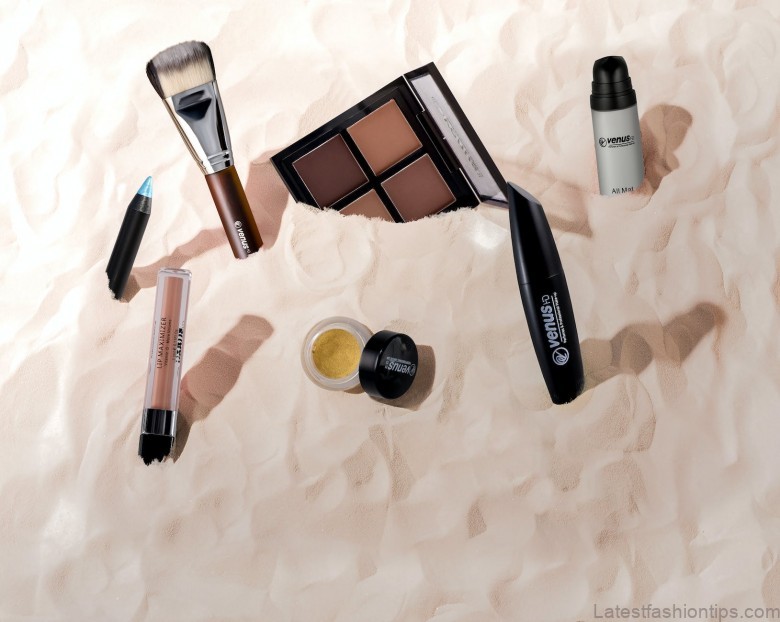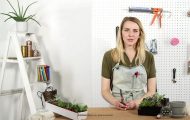TOILET TRAINING WITHOUT TEARS
Another area that causes mothers great concern, is toilet training. Yet, unless there is something wrong with the child they all achieve control eventually, so there is really no need to put so much emotional energy into it.
To become toilet trained a child must have developed enough control over the muscles that contract the sphincter. This enables her to hold the urine in the bladder until the bladder is full, and then release it at will. This ability requires physical maturation. Just as the ability to control the muscles that hold a pen for writing develop only after several years, so control of the sphincter needs time.
Like eating, excreting is a natural bodily function and it should not assume a significance beyond that. But for some odd reason, mothers often race to beat the neighbours child in using the potty. This should only be an event of any significance if it is a milestone in the development of a handicapped child. Of course a child who is out of nappies is less work, but to go to the lengths some mothers do to get there is more work than washing nappies.
Once again it is an area where the normal child will soon sense her power over her mother. It doesnt take much to feel negative vibes in a mother who is anxious about an aspect of her childs routine and makes a perfect practice ground for the toddler who is trying to assert herself! But dont get involved in this battle of wits. Rather use your energy in a positive way by helping your child to discover the world around her. Besides, the battle of the pot can cause psychological
damage that will need many hours on a psychiatrists couch in 30 years time to sort out. Wait until she is ready some time around her second birthday – then try using the same philosophy you would when training a puppy (dont rub her nose in it!) just remember that while it may seem that she will never get the hang of it, they all do eventually.
Forget anything you have been told about babies who were trained before their first birthday. The fact is, if you spent a good deal of your time putting a potty under a baby you would be bound to catch a stool or a flow of urine. This does not mean your baby is potty trained. Others will talk of training their baby at 13 months or so. They may also be spending a lot of time with a potty in their hand and this may coincide with the passing of waste matter. But there is still no conscious control by the child.
Occasionally a child may get the hang of it around 18 months but the incidence of regression in children who have been trained at this age is extremely high and the problems encountered in teaching them again when they are older are so numerous that I can see no reason even to attempt it. In other words, you will lose nothing by leaving it later rather than trying to force it earlier. By the age of two your toddler will be able to understand most of what is being said and will be able to say enough to express the basics. She may also start indicating whenshe has a soiled nappy. This would be a good time to start potty training. Fads and fashions in potty training come and go! How to train your child in a week, a day, etc. Avoid them. Take your time and do it naturally, normally and calmly and your child will be trained in a sound way that should not leave any scars on either of you. After all you dont learn to drive a car in a day. It takes patience, sensible teaching and time.
Learning in any sphere depends a lot on imitation, so if you can, let your child see a trained child who uses a potty confidently and without fuss.
Equipment. There are several types of training potties available. The simplest is a small plastic pot with a handle. Others have a pot that slides into the bottom of a small chair; some are shaped like a swan or a car or other novelty. Another kind fits onto the adult toilet seat. In the end, like driving, it doesnt matter what model car you are using, so I see no reason for not using the plainest, cheapest potty. You may be tempted to buy something fancy in the hope that it will do the trick and get the child to sit, but it does not usually work.
Whatever equipment you use the principle is the same, although trying to train a child straight onto an adult-size toilet can be a little frightening for her as she may be afraid of falling in. The trainers that fit onto the adult toilet seat are also not very satisfactory because the childs legs do not touch the ground, and the flow directors that the ones for boys have can cause injury. If you have managed to expose your child, so to speak, to what sitting on a toilet is all about by letting her see another child in action, you can coax her to try it too. Choose a time when she is likely to have a full bladder about an hour or a little longer after a drink.
Sit her down and encourage her to do a wee wee or whatever name you have for it. If you are in the bathroom, you can open a tap the sound of running water usually has the effect of encouraging a complementary flow. If she is sitting happily you can chat to her generally and remind her now and again what she is supposed to be doing. If after a time (before your patience begins to run out) nothing has happened, take her off, replace her nappy and say something about doing it next time. The minute her nappy is on again she will probably wet it. Grin and bear it and try for success another time.
On the other hand you may have a jack-in-the-box’ito contend with. Some children shoot up as fast as you sit them down on the potty. If after some coaxing and repeated tries you have no luck in getting her to sit, you will have to put the potty away for a week or two. If the weather is hot, let her play in the garden without a nappy or pants.
Once she connects the feeling of a full bladder with what happens when she lets go, you will be on your way and this is far easier once she has actually seen a flow of urine without a nappy on.
When she appears to have some awareness of an impending flow of urine -which you will usually recognise by the fact that she pinches her legs together for a second or two before letting go – you can put her in training pants. These have a thick towelling gusset, sometimes with a plastic lining. They dont prevent much mess, but they are quicker to pull down than a nappy.
Some children achieve bowel control before bladder control, especially if they have a regular pattern of elimination. Babies have been known to put faeces in their mouth, but even though it may take you a while to recover, your child is unlikely to suffer any ill effects. On the other hand, some toddlers become alarmed at leaving part of themselves behind, so you may have to dispose of it while she is not looking. Flushing the toilet can frighten a child, so unless she shows no fear when you do it, leave the flush until she is out of earshot.
Remember to wipe her from the front towards the back because germs from the anus can easily enter the urethra or vagina and cause an infection if you do it the other way. Washing hands as a hygienic habit should be taught from the start, but there is no need to make out that excretion is a dirty and distasteful business.
Whatever you do, try to keep the whole thing light and relaxed. You would hate to be taught to drive a car by someone who is terribly tense about it so dont inflict powerful pressure on your child.
Be enthusiastic about her successes and stay calm when accidents happen.
Initially you will have to let her wear nappies when going out and in the areas of the house where you dont want to get the carpet wet. Incidentally, if you pour soda water on a urine patch immediately, it should prevent staining and odour. Or use one of the sprays you get from pet shops to neutralise doggy odours.
Going out with a partially trained child can be tricky since you cannot put her on the potty in the middle of a supermarket. I would let her wear a nappy on these occasions, putting it on without comment, so that you can both relax about the possibility of an accident. If you are going to friends where she can use a potty, take it with you and carry on as usual. Occasionally a sensitive child will become mortified if she has an accident even if you dont fuss. It is important to maintain her confidence and dignity, so play it cool and rather err on the side of letting her wear a nappy too often and take it very slowly, than risk regression due to a wounded ego.
Night-time control. Night-time control usually comes much later and you will save everyone, especially yourself, a lot of lost sleep if you dont try to achieve it too soon. To be able to go through the night without voiding, the bladder needs to be sufficiently mature to hold the liquid that accumulates. You will have some indication of when this is when she starts waking with an occasional dry nappy. Even so you will still have to take her to the toilet before she goes to bed and possibly during the night. This is done by carrying her to the toilet at least two hours after she has gone to bed.
Hold her on the adult toilet seat and tell her to do a wee. If nothing happens after a few minutes take her back to her room. When you lift her at night, just slip the nappy down if possible, so that you do not wake her completely or you could have trouble getting her back to sleep, although by the age of three or four this is usually not a problem. The reason for taking her to the toilet during the night is so that her bed clothes do not become soaked through her nappy. If she is not getting very wet there is no need to bother.
You may be told that taking her to the toilet when she is half asleep will encourage her to let go when she is in bed. This is not so, she will hold her urine when her bladder is able to and she will let go anyway until it matures. My suggestion is to leave her in nappies at night for even a year or more after she has been toilet trained – that is until she starts waking with a dry nappy on most mornings. The trouble and expense of washing one or two nappies a day is minimal and far preferable to being woken every night because the child has a wet bed and you have to change the linen. If you find that one nappy is not sufficient to hold the flow, use two or three towelling nappies with a fabric nappy liner next to the skin if it is sensitive; then cover the whole lot with waterproof pants.
If you want to keep her from waking up at night if she has wet her bed when she is not wearing a nappy, you can use a genuine or imitation sheepskin bed pad like the kind used to prevent bedsores in patients in hospital. This allows the urine through, leaving a warm area to lie on so the child does not wake up (305).
Maybe You Like Them Too
- 50 Unique Travel Destinations You Must Visit Before You Die
- Tamar Braxton A Life in Music
- Sunny Hostin A Biography
- Steve Coogan A Life in Comedy
- Sterling K Brown A Biography



